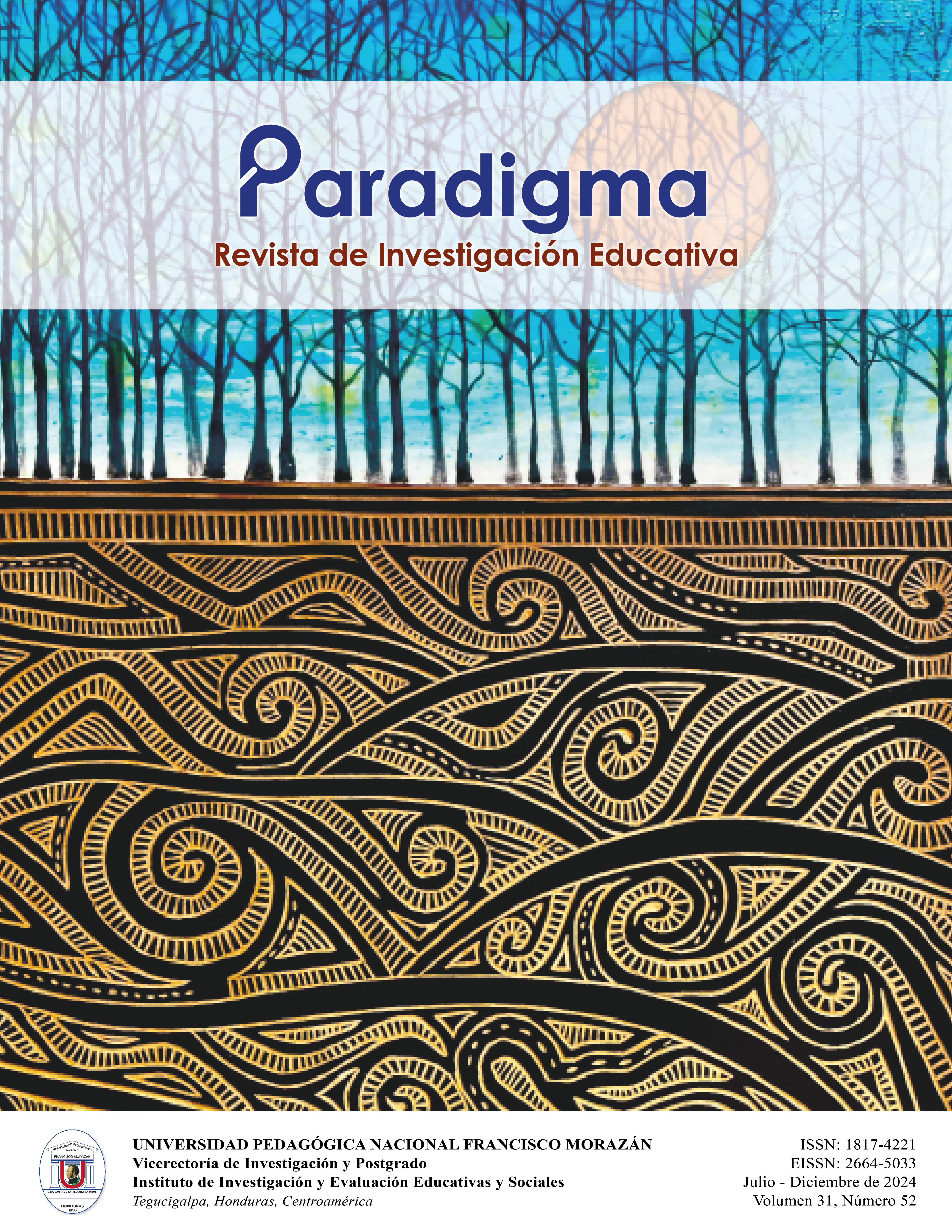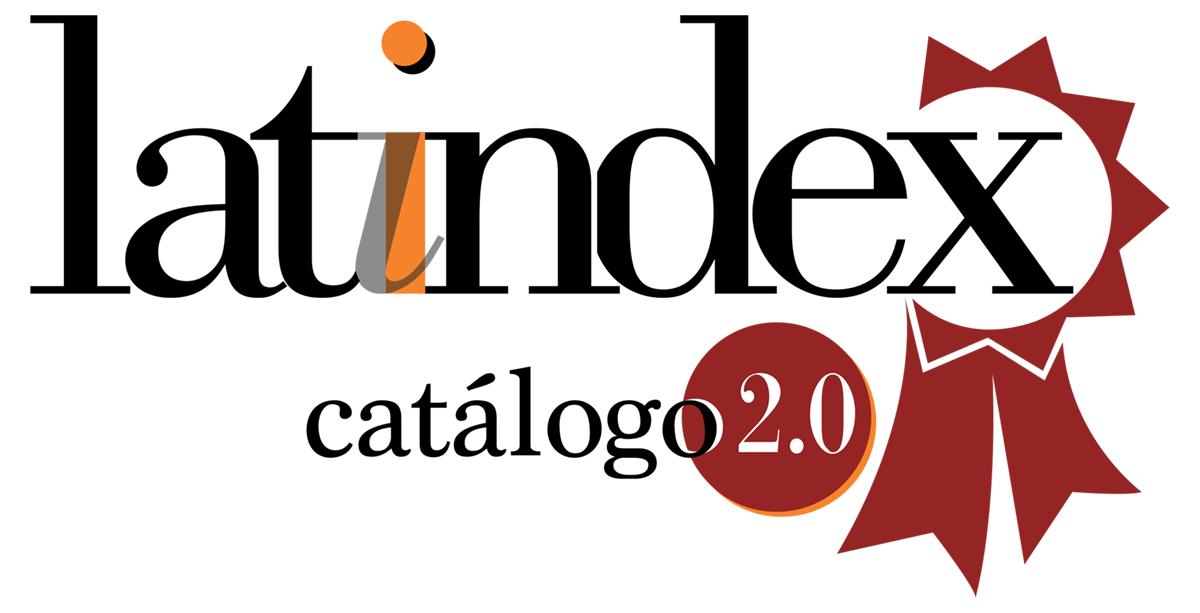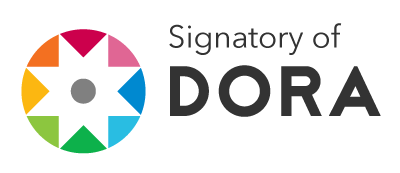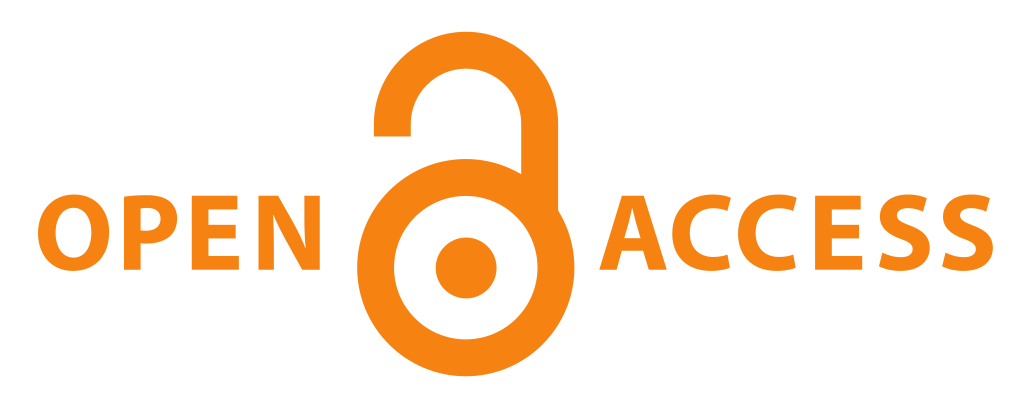Mirror classes and COIL: cooperative and collaborative sceneries of the intercultural competence
Keywords:
education and culture, intercultural communication, language teaching, cultural cooperationAbstract
In this essay there will be presented the importance of employing virtual internationalization strategies known as mirror classes or classrooms and COIL, jointly, to be used as suitable spaces for teaching foreign languages, in general, and developing intercultural competence. To this end, the theoretical panorama of each of the terms involved is evidenced: intercultural competence, collaboration, and cooperation, highlighting the dialogue of these terms and their importance in language teaching. Furthermore, the development of intercultural competence in cooperative and collaborative work that can be found in each strategy, and the correlation of the elements of intercultural competence, collaboration, and cultural cooperation are in the virtual exchanges of the groups where education and culture converge, specifically in those dynamics typical of foreign language classrooms.
References
Arballo, O., Bonilla, R., Duries, M., Noriega, C. y Sánchez, A. (2024). Experiencia de Aprendizaje con Clases Espejo Desde las Ciencias de la Salud. Ciencia Latina Revista científica multidisciplinar, 8(2), 460-478. https://doi.org/10.37811/cl_rcm.v8i2.11256
Castañer, X. y Oliveira, N. (2020). Collaboration, Coordination, and Cooperation Among Organizations: Establishing the Distinctive Meanings of These Terms Through a Systematic Literature Review. Journal of Management, 46(6), 965-1001. https://doi.org/10.1177/0149206320901565
De Castro, A. B., Dyba, N., Cortez, E. D. y Pe Benito, G. G. (2019). Collaborative online international learning to prepare students for multicultural work environments. Nurse Educator, 44(4). https://doi.org/10.1097/NNE.0000000000000609
Deardorff, D. K. (2006). Identification and Assessment of Intercultural Competence as a Student Outcome of Internationalization. Journal of Studies in International Education, 10(3), 241-266. https://doi.org/10.1177/1028315306287002
Franco, C. y Giraldo, J. (2021). Guía práctica de planificación y ejecución de clases espejo. Universidad Peruana de Ciencias Aplicadas (UPC). https://repositorioacademico.upc.edu.pe/handle/10757/657446
Iglesias Casal, I. y Ramos Méndez, C. (2020). Mediación y competencia comunicativa intercultural en la enseñanza del español LE/L2. Journal of Spanish Language Teaching, 7(2), 89–98. https://doi.org/10.1080/23247797.2020.1853368
Pinto, Y, Loa, N. y Abrela, F. (2023). Perspectivas de la Metodología (Coil) Aprendizaje Colaborativo Internacional en línea entre Universidades. Ciencia Latina Revista Científica Multidisciplinar, 7 (2), 3016-3029. https://doi.org/10.37811/cl_rcm.v7i2.5548
Romero, E. y De Miguel, E. (2022) La competencia intercultural procedimental. El componente interaccional. Revista internacional de humanidades, 14(6), 2-12. https://doi.org/10.37467/revhuman.v11.4178
Tsanos, C., Zografos, K. y Harrison, A. (2014). Developing a conceptual model for examining the supply chain relationships between behavioral antecedents of collaboration, integration and performance. The International Journal of Logistics Management, 25(3), 418-462. https://doi.org/10.1108/IJLM-02-2012-0005
Yang, X. (2023). A Historical Review of Collaborative Learning and Cooperative Learning. TechTrends, 67, 718–728. https://doi.org/10.1007/s11528-022-00823-9
Downloads
Published
How to Cite
Issue
Section
License
Copyright (c) 2024 Paradigma: Revista de Investigación Educativa

This work is licensed under a Creative Commons Attribution-NonCommercial-NoDerivatives 4.0 International License.








